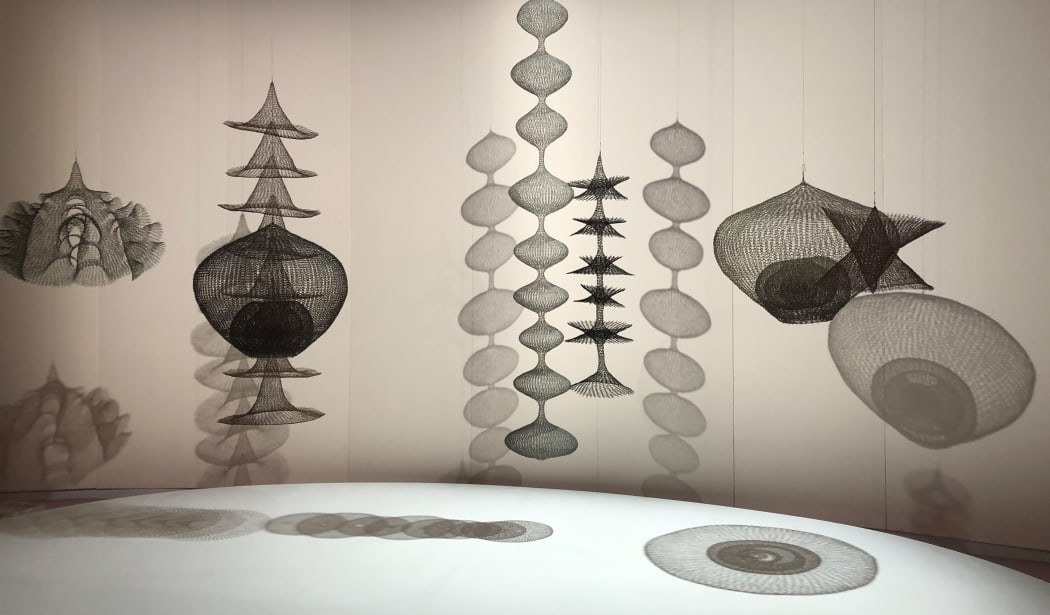
Nothing prepares the visitor to the Venice Biennale for the total arts immersion throughout the city. It isn't just the historical collections in the Accademia, the Churches and the many municipal museums that host art historical masterpieces but during this 59th Biennale, many storefronts have been made into pop-up art galleries with installations from all over the world. Because of the vast number of venues, it is almost impossible to see all that there is to see in Venice but fortunately, many exhibits are consolidated in two main venues - The Arsenale and the Giardini Biennale.
The Arsenale
This year’s exhibition at the Arsenale emphasizes techniques that are usually associated with crafts such as weaving, ceramics, beadwork, embroidery and even horticulture are presented alongside more traditional painting and sculptural media. With this widespread employment of the more typically feminized hand-made processes, the Biennale highlights themes of women and their work. An example found in the Arsenale is the enormous totemic fabric heads of Tau Lewis, a Jamaican-Canadian artist from Toronto. Using scrap fabrics, fur and leather, these epic forms are monuments to an archaic religion or manifestations of ancient and powerful deities. Other featured artists include the open, woven forms of Japanese-American Ruth Asawa, the immense, glittering tapestries of South African artist Igshaan Adams, and the intricate, beaded flags of Haiti’s Myrlande Constant.
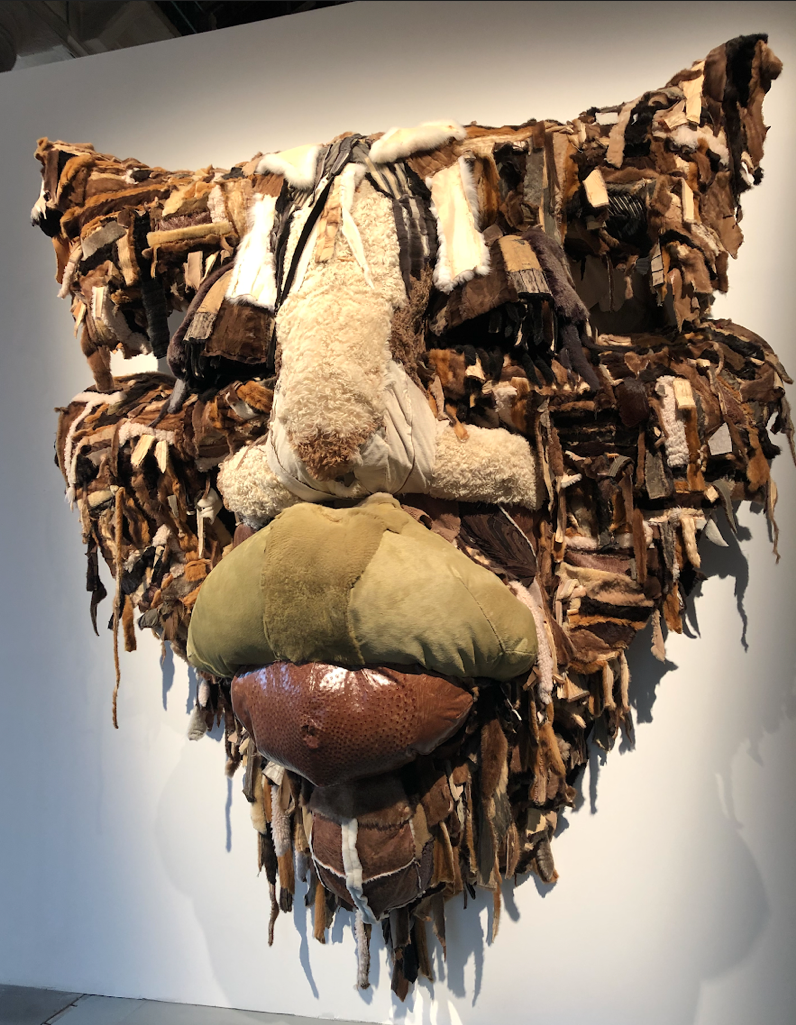
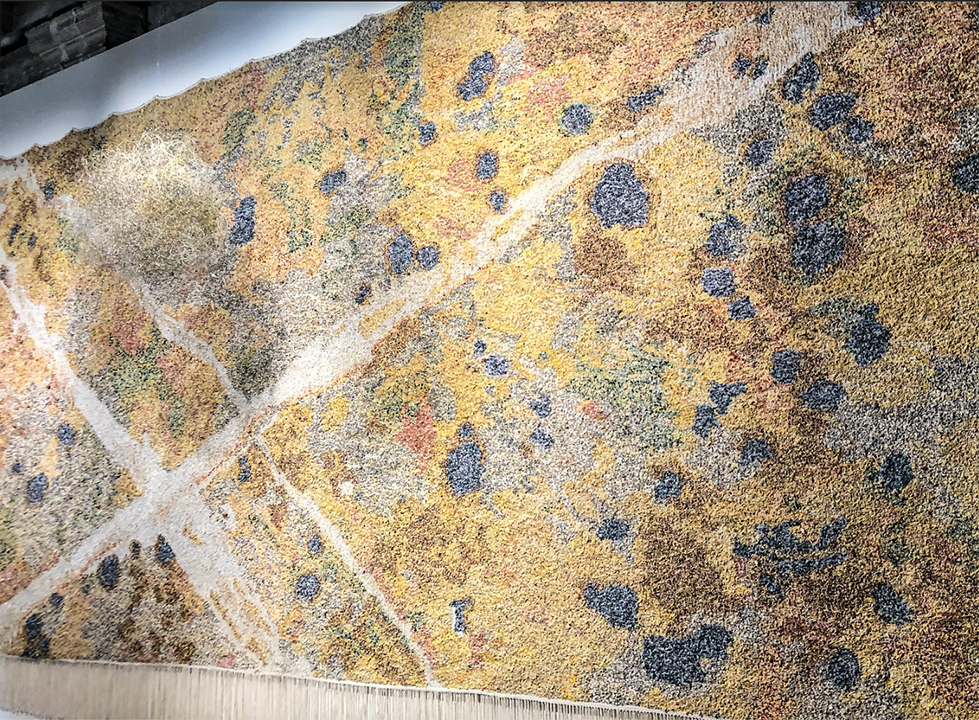
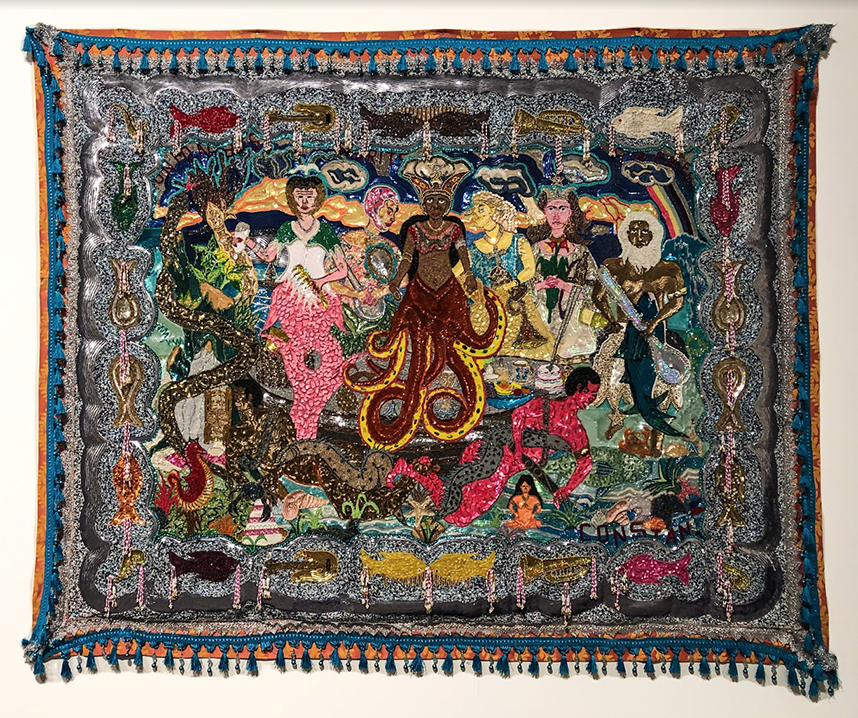
The Biennale Gardens
In the Biennale Gardens, the overarching theme in many exhibitions is the landscape of the body. Hungarian sculptor Zsófia Keresztes’ mosaic-covered artworks are deceptively soft, pastel-colored, fluid forms evoking body parts such as eyes and lips as well as abstracted organs. Chained together, these sculptures are at once separate but inextricably linked with confrontational, pointed forms that forcibly engage the viewer. Leone d’Oro winner Simone Leigh transforms the American Pavilion into a grass-thatched vernacular structure firmly manifesting the African foundation of American culture. With immense cast bronze sculptures of abstracted female forms as well as more symbolic artworks made from straw mounds, fired clay vessels and cowrie shapes, Leigh presents the bodies of African women as exploited commodities from which American wealth has been extracted. In the Nordic pavilion, three Samì artists present the message that what happens to the Earth, happens to all. The Samì are the last indigenous peoples of Europe whose way of life is threatened by continued Western colonialism. Floating suspended sculptures by Máret Ánne Sara use reindeer body parts, skin and fur manifesting the indivisibility of human, animal and landscape in a world where reindeer are at the heart of Samì cosmology.
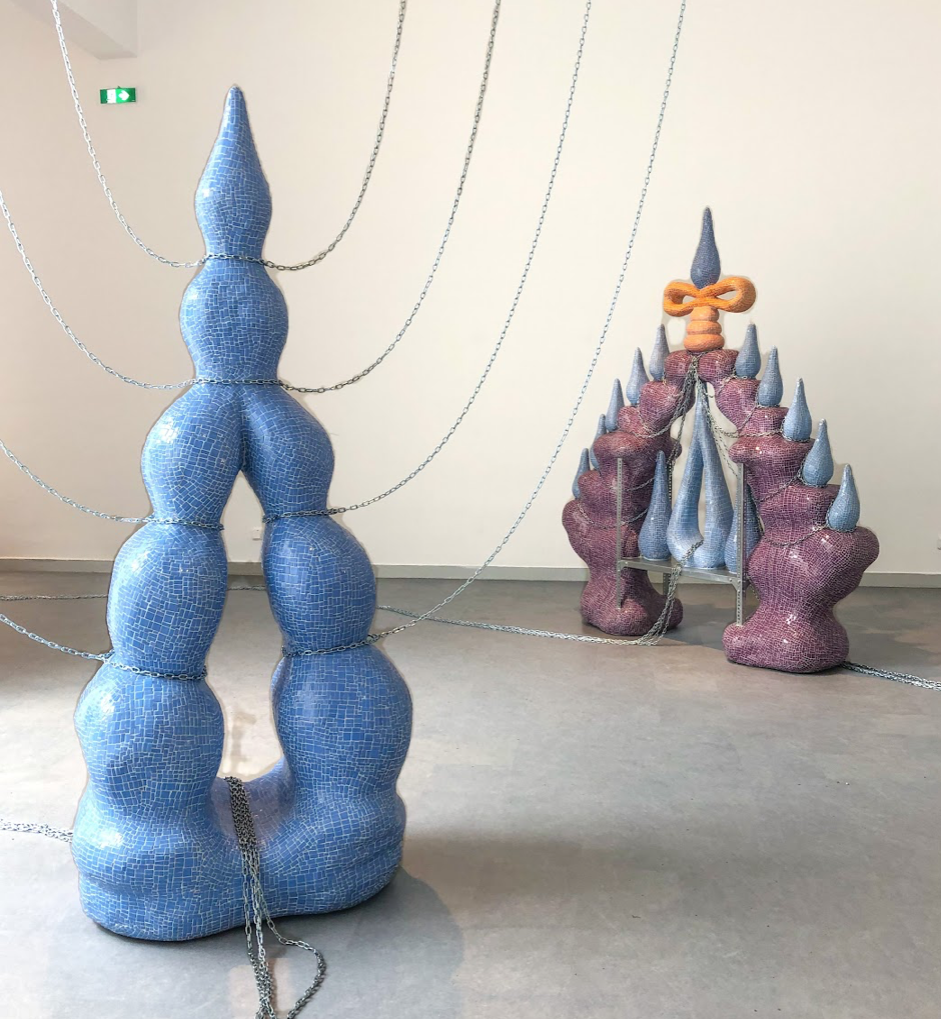
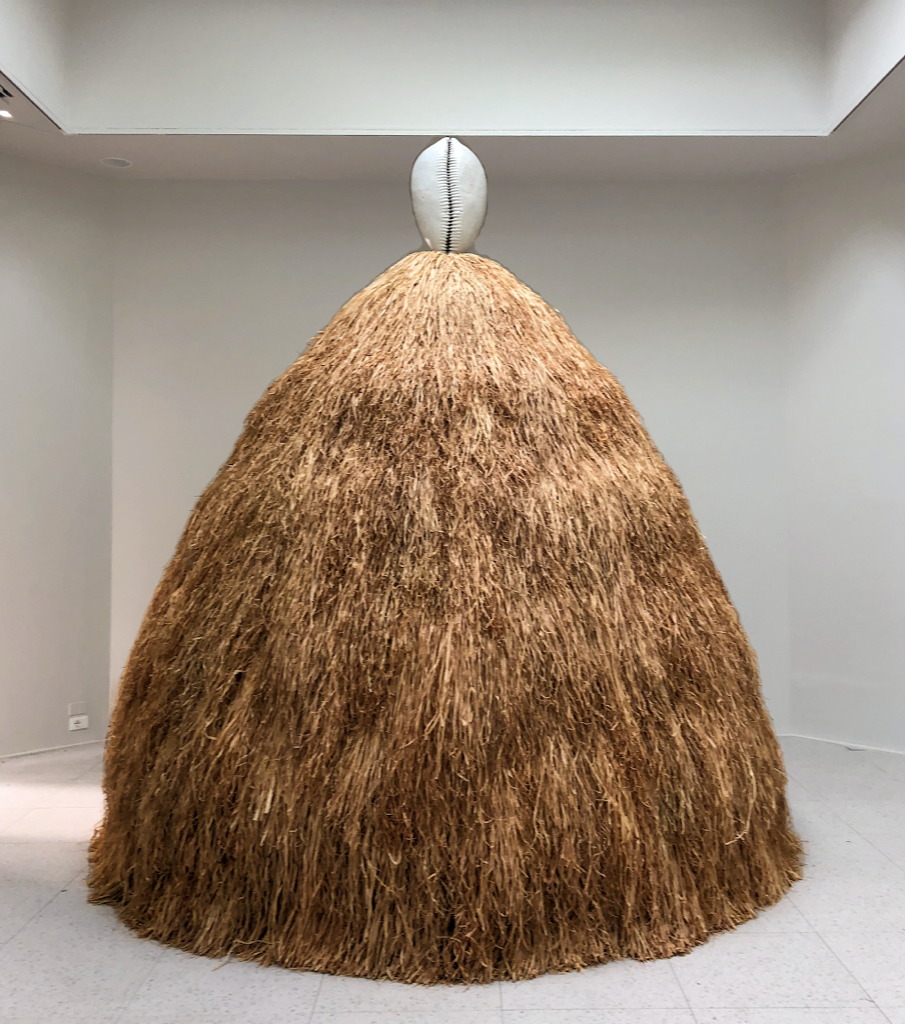
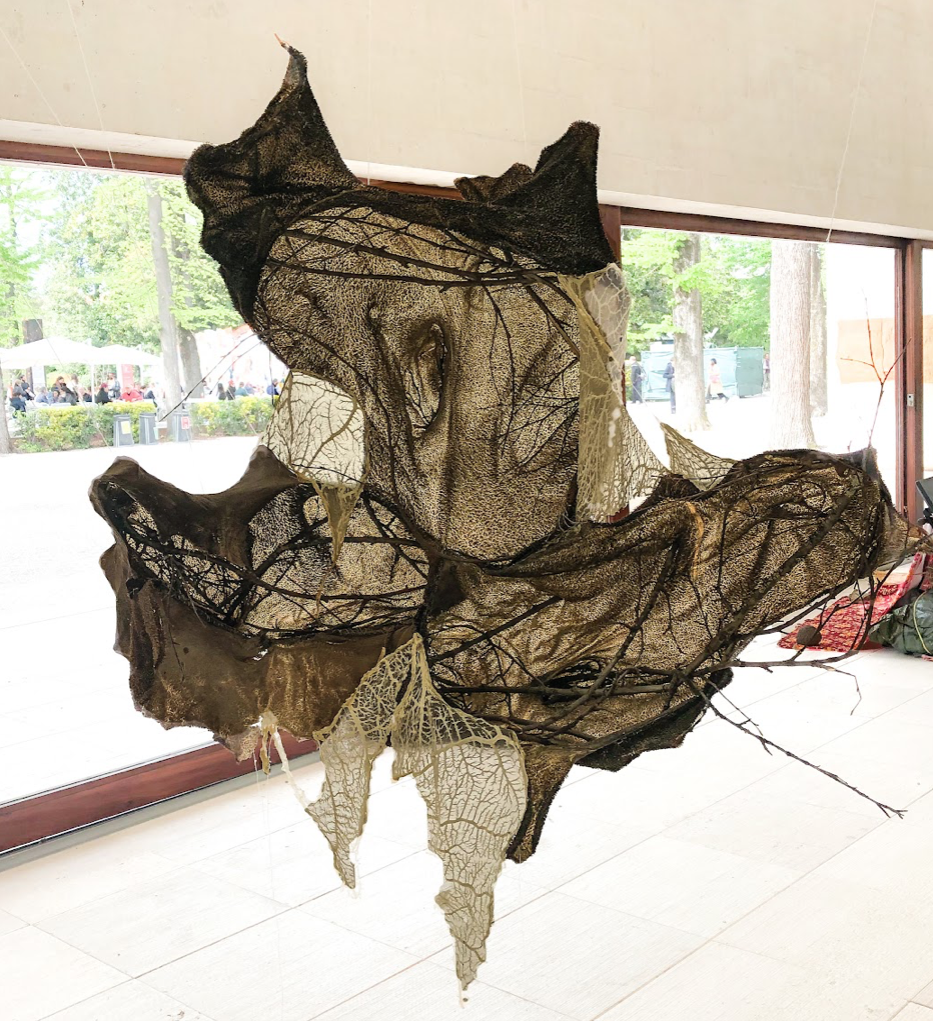
The Peggy Guggenheim Museum
In a related exhibition at the Peggy Guggenheim Museum, Surrealism & Magic: Enchanted Modernity, the paintings and sculpture by Surrealists lends a context to the 2022 Biennial theme of “The Milk of Dreams”. Inspired by a children’s story written and illustrated by the artist Leonora Carrington, The Milk of Dreams presents ideas of magic and metamorphosis - concepts at the heart of the Surrealist movement (1920 - 1950s). Typically, it is the work of Max Ernst, Salvador Dalì and Andre Breton that have defined Surrealism however this exhibition presents work by lesser known women painters such as Leonor Fini, Remedios Varo and Leonora Carrington. Curator Gražina Subelytė presents the difference between the male surrealist perception of women subjects as magical beings and female surrealists understanding of women as agents of change. The common message of the surrealists was the combination of alchemy, mysticism and mythology forms an oneiric realm of possibilities in a world where rationalism and logic had brought only extermination and pain.
|
|
|
The Pleasures of Dagobert © Leonora Carrington 1945 |
Other International Pavilions
The Granada Pavilion resonates with the Biennial’s Surrealist theme, The Milk of Dreams, with an installation celebrating an annual performative tradition: Shakespeare Mas. Wearing hand-crafted face coverings, robes and crowns, village men from the Carribean island of Carriacou compete in pairs to be the king of Shakespeare Mas. Hurling lines of Shakespeare plays and sonnets at one another, these actors strive to recite soliloquies from the Bard perfectly. If one contestant mistakes their line or forgets a word, his rival strikes him with a stinging switch. There is an exuberant audience participation and the community prepares costumes and props throughout the year leading up to the event. What makes this traditional game come to life in a Venetian gallery are the exhibition of indigenous costumes, switches, paintings about the competitors and their speeches, as well as digital recordings and videos of the Shakespeare Mas displayed in the gallery.
|
|
Shakespeare Mas Installation at the Granada Pavilion
The Azerbaijan Pavilion is remarkable in the sheer range of materials used to create the artworks. From huge wall-sized murals, to a mirrored room featuring digital projections,from a kinetic installation of ceramic plates to a massive wax sculpture installation, seven women artists participate in the exhibition’s overarching theme Born to Love. This exhibit features work created during the Pandemic and seeks to connect with the enduring human spirit interpreted in the 21st century as well as historic artistic techniques. Sabiha Khankishiyeva’s Dragon is made up of hanging ceramic plates each painted with the symbol of the giant “Karabakh dragon”- a traditional motif of the carpet weavers of the Karabakh region of Azerbaijan. The plates slowly tinkle against one another with the slightest movement of air and are a symbol of protection for mankind. The dark mirrored environment of All Is Sacred created by the artist Infinity is filled with sacred geometric patterns that hold a template of the universe accompanied by harmonic sounds. As the viewer progresses into this deep space, they become part of the artwork and find a place among the shifting three-dimensional images. The totem paintings of Fidan Kim (Novruzova) reflect on the endless struggle of man with his environment as well as the power hierarchies from small beings to the largest.
|
|
|
|
|
Dragon © Sabiha Khankishiyeva 2021 |
All is Sacred © Infinity 2022 |
Totem © Fidan Kim (Novruzova) |
Overall, there is an exuberance to this Biennial as it is the first one since the start of the Pandemic (the last one was three years before in 2019) and the convergence of energy from all over the world buoys the spirit and promotes hopefulness that the world can sometimes be a good place.